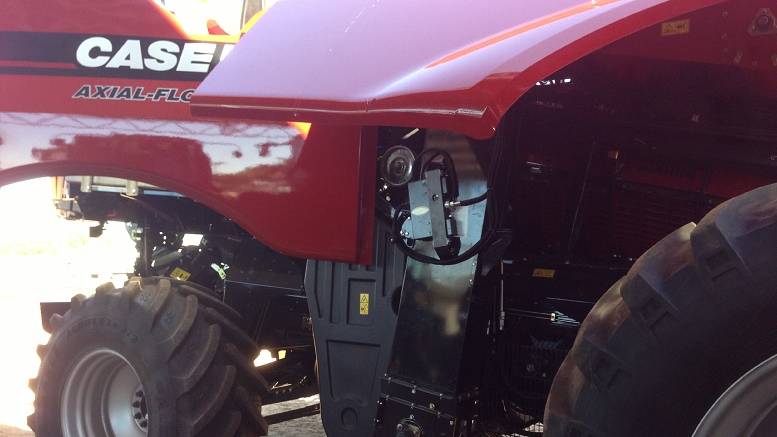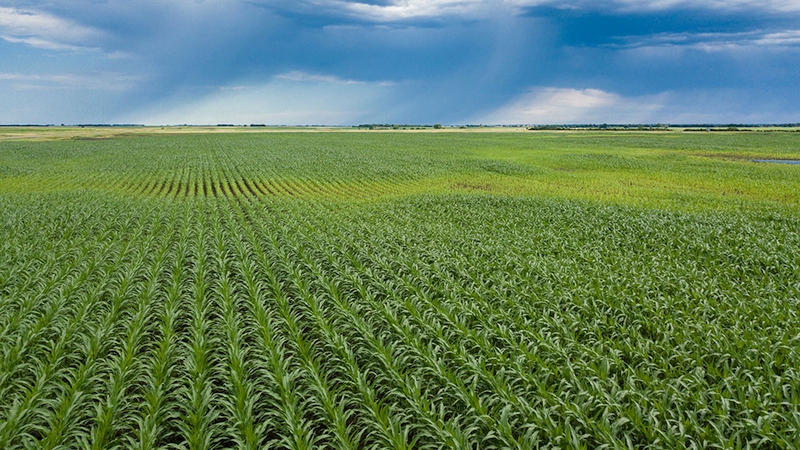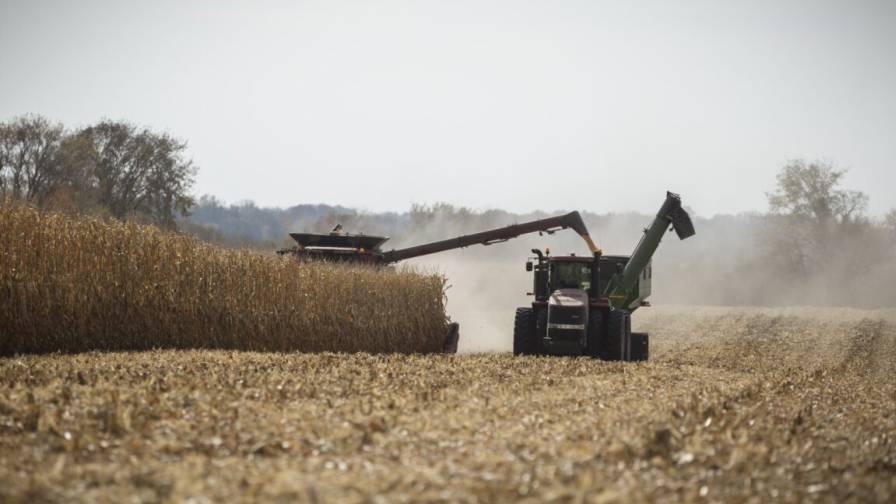The End Of The World In Agriculture As We Know It?
A few years back, there was plenty of apprehension as 2012 drew to a close. Many people were convinced that the end of the world was at hand based upon the centuries old Mayan Long Count calendar ending for good on December 21st of that year.
But in the end, the world didn’t end, and human history continued moving forward to this moment in time.
Still, to feel the vibe coming from the agricultural world-at-large as 2015 comes to an end, you can almost sense the fears surrounding 2012 repeating themselves. The difference is this time, the feelings of dread seem centered squarely on the agricultural universe.
Turn in almost any direction when it comes to today’s agriculture marketplace and you are likely to find negative news. A few examples would include the following:
- Crop protection product suppliers cutting staff, closing facilities and putting themselves up for sale.
- Big IRON manufacturers slashing their marketing budgets and warning employees “not to spend their annual bonuses” before they get them.
- Grower-customers being told by their financial advisers and lenders that they need to trim “$50 to $100 per acre” from their production costs before the 2016 growing season even gets underway.
Even worse, many market watchers say these pullbacks by major agricultural companies are only just getting started. “The agricultural bubble is still deflating,” said one analyst at the recent PACE Council annual meeting in mid-October.
From where I sit, however, things don’t seem that bleak. In the December issue of CropLife® magazine, you will find the results from our 32nd annual CropLife 100 survey of the nation’s top ag retailers. Overall, the numbers from this report don’t look that bad. Even in the challenging market conditions of 2015 — where excessive rains and poor field conditions kept much input/application work from happening — the country’s largest dealerships and cooperatives saw their revenues grow 1.3%. While not stellar compared to sales gains made during the early 2010s, growth is still growth.
Even more telling, CropLife 100 ag retailers seem to believe that 2016 won’t be that bad a year. When asked to rank their level of optimism for the coming year on a scale of one to 10 (one being low, 10 being high), 43% of respondents wrote that the year would be between a seven and an eight. For comparison, in the 2014 CropLife 100 survey, only 34% of respondents picked this number range to sum up their feelings towards 2015.
Despite this negativity, one PACE (CropLife’s Advisory Council) participant summed up the state of agriculture going into 2016 rather eloquently. “No matter what happens between now and next October, I predict there will still be farming taking place next year,” he said.
This is an excellent point to remember. It very well may be the end of the agricultural world we have known it these past few years. But ultimately, I think we will all feel fine …






